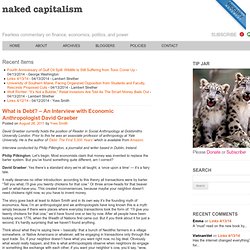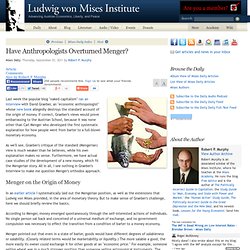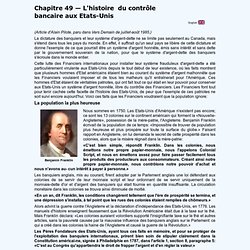

Michael Hudson on How Finance Capital Leads to Debt Servitude. This edited transcript is expanded from a live phone interview with Michael Hudson by Dimitris Yannopoulos for Athens News.

It summarizes some of the major themes from Hudson’s new book, The Bubble and Beyond: Fictitious Capital, Debt Deflation and Global Crisis, which is available on Amazon. Q: How has the financial system evolved into the form of economic servitude that you call “debt peonage” in your book, implying a negation of democracy as well as free-market capitalism as classically understood? A: The original hope of banking and finance capitalism in the 19th century was that banks would make productive loans to finance industry. The aim was for banks to do something new, that no economy had done in the past: make loans not merely to ship and market goods once they were produced, but to finance new capital investment by manufacturers and producers, as well as by the public sector to build infrastructure. From State Debt to State Money by Rudo de Ruijter. By Rudo de Ruijter Guest WriterDandelion Salad Independent researcherwww.courtfool.info Netherlands Nov. 28, 2011 Brussels wants the keys to the national treasuries of the 17 Euro-countries.

Only this way can they save the Euro, they say. The ESM-treaty has already been signed. If the national parliamentarians ratify it, it will be the end of our sovereign democracies. Do we want that? For those who know how the money system works, the logical solution to today’s problems are fairly simple. 1. World wide bankers now have a money system, which is based on making money out of thin air. Banking is bookkeeping Each time a banker supplies a loan he does not hand out money, but just a balance. Say you write a cheque to the seller of the house. So now “Hard Up Bank” will have to come up with real money. What is Debt? – An Interview with Economic Anthropologist David Graeber. David Graeber currently holds the position of Reader in Social Anthropology at Goldsmiths University London.

Prior to this he was an associate professor of anthropology at Yale University. He is the author of ‘Debt: The First 5,000 Years’ which is available from Amazon. Interview conducted by Philip Pilkington, a journalist and writer based in Dublin, Ireland. Philip Pilkington: Let’s begin. Most economists claim that money was invented to replace the barter system. David Graeber: Yes there’s a standard story we’re all taught, a ‘once upon a time’ — it’s a fairy tale. It really deserves no other introduction: according to this theory all transactions were by barter. The story goes back at least to Adam Smith and in its own way it’s the founding myth of economics. Have Anthropologists Overturned Menger? - Robert P. Murphy. Last week the popular blog "naked capitalism" ran an interview with David Graeber, an "economic anthropologist" whose new book allegedly destroys the standard account of the origin of money.

If correct, Graeber's views would prove embarrassing to the Austrian School, because it was none other than Carl Menger who developed the first systematic explanation for how people went from barter to a full-blown monetary economy. As we'll see, Graeber's critique of the standard (Mengerian) view is much weaker than he believes, while his own explanation makes no sense. Furthermore, we have actual case studies of the development of a new money, which fit the Mengerian story. All in all, I see nothing in Graeber's interview to make me question Menger's orthodox approach. Menger on the Origin of Money In an earlier article I systematically laid out the Mengerian position, as well as the extensions that Ludwig von Mises provided, in the area of monetary theory.
Authors@Google: David Graeber, DEBT: The First 5,000 Years. Histoire juridique des banques « analyseeconomique. Dans son ouvrage “Money, Bank Credit, and Economic Cycles”, Jesús Huerta De Soto tente d’expliquer le caractère frauduleux de la réserve fractionnaire.Comme le résume très bien Kinsella, il existe trois types de dépôt : le dépôt régulier, le dépôt irrégulier et le mutuum contract.

Le premier consiste à déposer un bien dans un dépôt spécifique ou coffre individuelle. Le second consiste à déposer un bien “fongible”, interchangeable avec un autre de même nature. Le troisième n’est pas un véritable dépôt car il est considéré comme un prêt, un investissement. Les deux premiers types de dépôts ne consistent pas en un transfert au banquier de la disponibilité du dépôt, ce qui signifie que la banque doit conserver en tout temps, toute heure, l’argent qui lui a été confié.
C’est un service de gardiennage. De Soto explique que le dépôt régulier coûte cher, et que les clients préfèrent logiquement demander un dépôt irrégulier où l’on mélange tous les biens dans un même récipient. Chapitre 49 — L'histoire du contrôle bancaire aux Etats-Unis. (Article d'Alain Pilote, paru dans Vers Demain de juillet-août 1985.)

La dictature des banquiers et leur système d'argent-dette ne se limite pas seulement au Canada, mais s'étend dans tous les pays du monde.